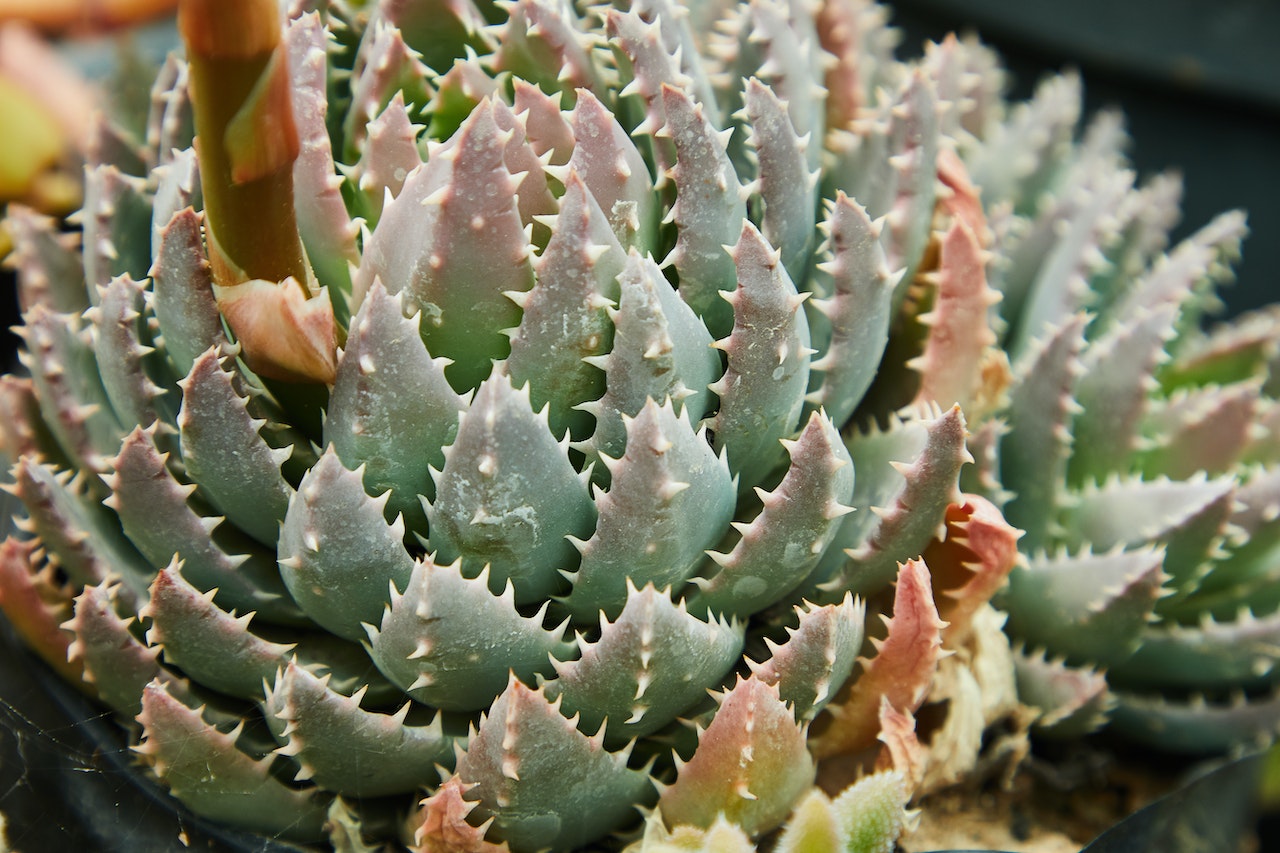Aloe plants are known for their medicinal properties and their ability to thrive in a variety of indoor and outdoor environments. However, if you have an aloe plant that is turning brown, it can be a cause for concern. In this blog post, we will discuss some of the common reasons why aloe plants turn brown and what you can do to prevent and fix it.
One of the most common reasons for an aloe plant turning brown is over-watering. Aloe plants are drought-tolerant and do not need to be watered frequently. In fact, overwatering can lead to root rot and cause the leaves to turn brown. To prevent this, it is best to let the soil dry out completely before watering again. A good rule of thumb is to wait until the soil is dry to the touch before watering.
Cold weather exposure is a further typical1 cause of browning in aloe plants. Aloe plants are tropical plants and prefer warm temperatures between 60 and 90 degrees Fahrenheit. If the plant is exposed to temperatures below 50 degrees Fahrenheit, it can cause the leaves to turn brown. To prevent this, it is best to keep the plant indoors during the winter months or in a warm, sunny location.
Inadequate light is another reason why aloe plants may turn brown. Aloe plants prefer bright, indirect light and can tolerate a few hours of direct sunlight a day. If the plant is not getting enough light, the leaves will turn brown and the plant will become leggy. To prevent this, it is best to place the plant in a location that receives bright, indirect light.
Another frequent cause of browning aloe plants is pest infestation. Aloe plants are susceptible to mealybugs, spider mites, and scale insects. These pests can cause the leaves to turn brown and the plant to become stunted. To prevent and fix this, it is best to regularly inspect the plant for signs of pests and use an insecticide if necessary.
In summary, there are several reasons why an aloe plant may turn brown. Over-watering, exposure to cold temperatures, inadequate light, and pest infestation are all common causes. To prevent and fix browning leaves, it is important to provide proper watering, temperature, light, and pest management for your Aloe plant.
Frequently Asked Questions (FAQs)
1. Why is my aloe plant turning brown even though I water it regularly?
Aloe plants can turn brown for various reasons, even when watered regularly. One common cause of browning is overwatering. Aloe plants prefer well-draining soil and can suffer from root rot if the soil remains too moist for extended periods. The browning may be an indication of excessive water uptake, leading to stress and damage to the plant’s roots. To remedy this, allow the soil to dry out between waterings and ensure the pot has proper drainage to prevent waterlogging.
2. What could be causing the leaf tips of my aloe plant to turn brown?
If you notice the tips of your aloe plant’s leaves turning brown, the most likely culprit is underwatering. When aloe plants do not receive enough water, they may exhibit signs of dehydration, starting with browning and drying of leaf tips. To address this issue, ensure you water your aloe plant consistently, but avoid overwatering. Additionally, consider increasing humidity levels around the plant by misting it regularly or placing a tray of water nearby.
3. My aloe plant is turning brown and feels mushy. What does this indicate?
If your aloe plant is turning brown and feels mushy to the touch, it could be suffering from root rot, which is typically caused by overwatering or poor drainage. Root rot occurs when the plant’s roots are constantly submerged in water, leading to their decay and the plant’s overall decline. To save your aloe plant, act promptly by inspecting the roots for signs of rot, trimming away any affected parts, and repotting the plant in fresh, well-draining soil. Allow the plant to dry out thoroughly before watering again and ensure the new pot has sufficient drainage holes.

Leave a Reply